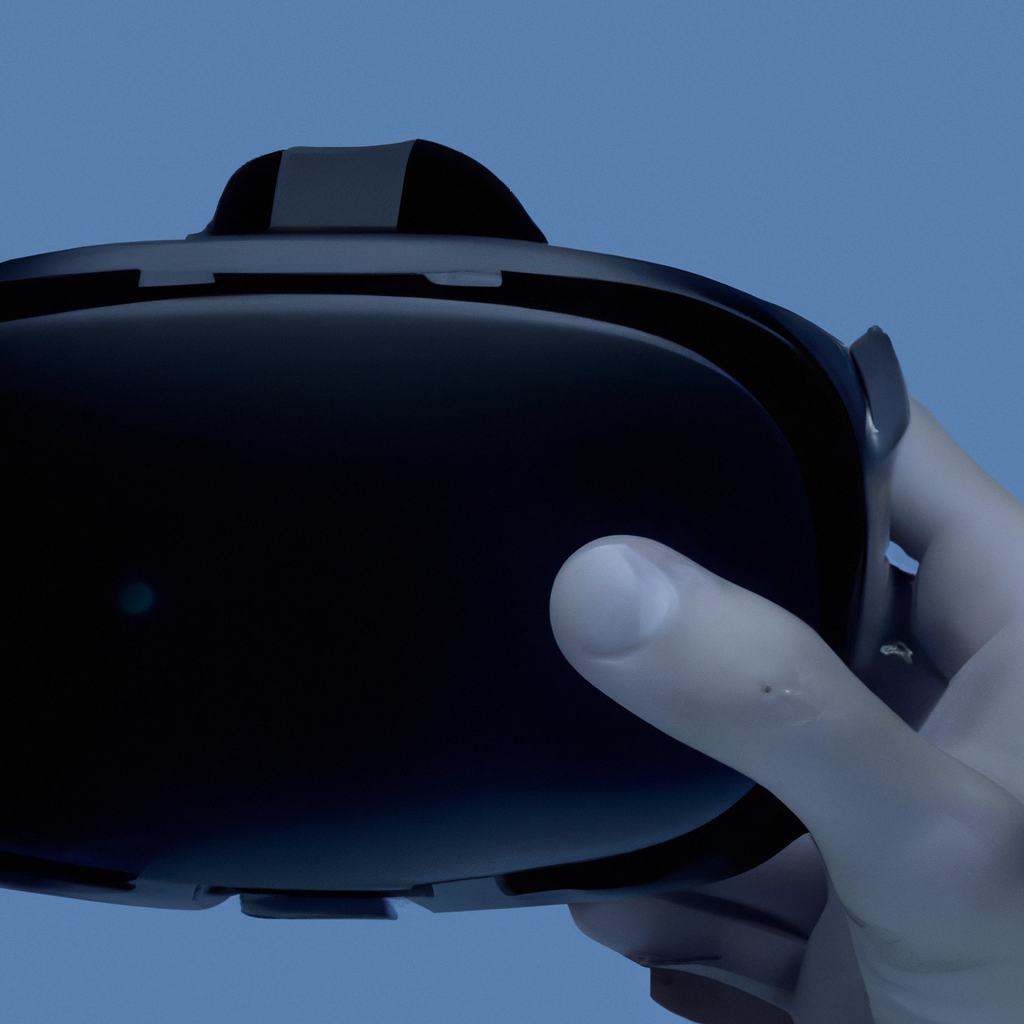Virtual reality has taken the world by storm, providing users with an immersive experience unlike any other. And the technology behind it all? The virtual reality headset. But how does it work? In this article, we’ll explore the ins and outs of VR technology, the components of a VR headset, and the process of creating a virtual world through 3D visualization.
What is a Virtual Reality Headset?
A virtual reality headset is a VR device that allows users to enter a virtual world through a head-mounted display (HMD). The headset is designed to completely immerse the user in a virtual environment, providing a 360-degree view of the world created through the headset.
How it Works
The VR headset works by combining three key components: tracking, display, and optics. The tracking system allows the headset to monitor the user’s movements in real-time, while the display provides the user with a high-resolution visual experience. The optics ensure that the image is projected onto the user’s eyes correctly, creating the illusion of depth perception.
VR Headset Components
The main components of a VR headset include:
- Display: The display is the most important component of the VR headset. It is responsible for creating the visual experience that the user sees. Most VR headsets use OLED or LCD displays, providing a high-resolution image that is projected onto the user’s eyes.
- Lenses: The lenses are responsible for ensuring that the image is projected onto the user’s eyes correctly. They are placed in front of the display and help to create the illusion of depth perception.
- Tracking System: The tracking system allows the VR headset to monitor the user’s movements in real-time. Most VR headsets use either inside-out or outside-in tracking, using sensors placed on the headset or in the room to track the user’s movements.
- Audio: Audio is an important aspect of the VR experience, providing users with a fully immersive experience. Most VR headsets come with built-in headphones or have the option to connect external headphones.
- Controllers: VR controllers allow users to interact with the virtual world, providing a more immersive experience. They vary in design, with some controllers using buttons and joysticks, while others use hand-tracking technology.
Creating a Virtual World through 3D Visualization
The process of creating a virtual world through 3D visualization is complex and requires a combination of hardware and software. First, the 3D models and environments are created using specialized software such as Unity or Unreal Engine. These models are then imported into the VR headset, where they are rendered in real-time.
The VR headset uses the tracking system to monitor the user’s movements, allowing them to navigate and explore the virtual world. The display and optics work together to create a convincing visual experience, providing the user with a sense of presence in the virtual world.
Gaming Technology
While virtual reality has many applications, one of the most popular is gaming. VR technology has revolutionized the gaming industry, providing users with a fully immersive experience that allows them to interact with the game world in a way that was never before possible.
VR gaming technology uses the same principles as other VR applications, with the headset providing users with a 360-degree view of the game world. The tracking system allows users to move around and interact with the game world, while the controllers provide a more tactile experience.
Conclusion
In conclusion, virtual reality headsets provide users with a fully immersive experience, allowing them to enter a virtual world through a head-mounted display. The technology behind the VR headset involves a combination of tracking, display, and optics, all working together to create a convincing visual experience. And with the rise of VR gaming technology, the world of virtual reality is only set to grow in popularity.







